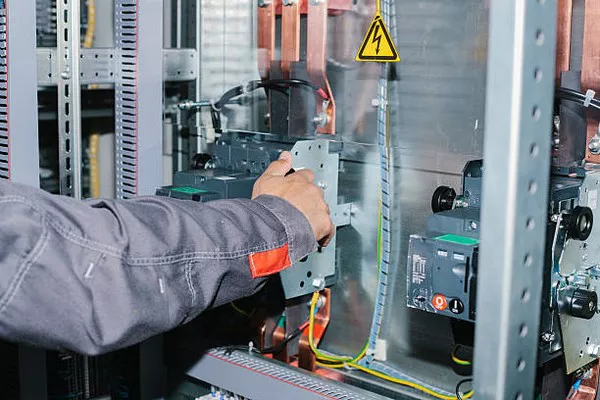Transformers play a crucial role in modern electrical systems, facilitating the efficient conversion of alternating current (AC) to direct current (DC). This transformation is essential for numerous applications across industries, from powering electronic devices to enabling the distribution of electricity in homes and businesses. While transformers are commonly associated with stepping up or down voltage in AC systems, they also serve a critical function in converting AC to DC. In this article, we delve into the intricacies of transformers and how they facilitate this conversion process.
Understanding Transformers:
Before delving into how transformers convert AC to DC, it’s essential to grasp their fundamental principles. A transformer is a passive electrical device comprising two or more coils of wire known as windings. These windings are typically wound around a ferromagnetic core, which enhances the efficiency of energy transfer between the coils.
Transformers operate based on the principle of electromagnetic induction, wherein a changing magnetic field induces a voltage in a nearby conductor. In an AC transformer, alternating current flowing through the primary winding creates a changing magnetic field, which induces a voltage in the secondary winding. This induced voltage can be either stepped up or stepped down based on the ratio of the number of turns in the primary and secondary windings.
Conversion Process: AC to DC
While transformers are primarily associated with AC systems, they also play a crucial role in converting AC to DC. However, transformers alone cannot accomplish this conversion. Additional components, such as rectifiers, are necessary to achieve the transformation from AC to DC.
Rectification is the process of converting AC to DC by allowing current to flow in only one direction. This is typically achieved using semiconductor diodes arranged in a configuration known as a rectifier circuit. The rectifier circuit is connected to the output of the transformer, where it converts the alternating current from the secondary winding into a pulsating direct current.
Half-Wave Rectification:
One of the simplest rectifier circuits is the half-wave rectifier. In a half-wave rectifier, a single diode is placed in series with the load. During the positive half-cycle of the AC input, the diode conducts, allowing current to flow through the load in one direction. However, during the negative half-cycle, the diode blocks current flow, resulting in no output. As a result, only half of the AC waveform is converted into DC.
While half-wave rectification is straightforward, it is inefficient and results in significant ripple in the output voltage due to the abrupt changes in current flow. Consequently, it is rarely used in practical applications where a smooth and steady DC voltage is required.
Full-Wave Rectification:
To overcome the limitations of half-wave rectification, full-wave rectification is employed. Full-wave rectifiers utilize multiple diodes arranged in a configuration that allows both halves of the AC waveform to be rectified.
The most common type of full-wave rectifier is the bridge rectifier, which consists of four diodes connected in a bridge configuration. During each half-cycle of the AC input, two diodes conduct, allowing current to flow through the load in the same direction. This results in a smoother DC output with reduced ripple compared to half-wave rectification.
Integration with Transformers:
In the context of converting AC to DC, transformers are typically used to step down the voltage from the mains supply to a level suitable for the rectification process. The transformer’s primary winding is connected to the AC mains, while the secondary winding is connected to the rectifier circuit.
The transformer steps down the voltage to a level appropriate for the rectifier circuit, ensuring that the output DC voltage meets the desired specifications. Additionally, transformers provide isolation between the input and output circuits, ensuring safety and protecting against electrical hazards.
Efficiency and Regulation:
Transformers play a crucial role in ensuring the efficiency and regulation of the AC to DC conversion process. By stepping down the voltage before rectification, transformers reduce the power losses associated with high-voltage AC systems. Additionally, transformers with multiple taps on the secondary winding allow for voltage regulation, enabling the output voltage to be adjusted to compensate for variations in the input voltage or load conditions.
Conclusion:
In conclusion, transformers play a vital role in the conversion of alternating current (AC) to direct current (DC). While transformers alone cannot accomplish this conversion, they provide the necessary voltage transformation and isolation for the rectification process. By integrating transformers with rectifier circuits, engineers can efficiently convert AC power from the mains supply into a smooth and steady DC output suitable for a wide range of applications. Understanding the functionality of transformers in AC to DC conversion is essential for designing and maintaining efficient electrical systems in various industries.

